Getting Started with Laser Dentistry
In the ever-evolving landscape of modern dentistry, technology continues to play a pivotal role in enhancing patient care, improving treatment outcomes, and making procedures more comfortable and efficient. One such technological advancement that has gained widespread recognition in recent years is laser dentistry.
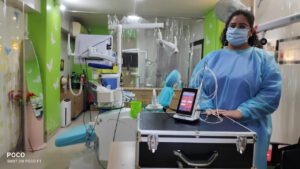

If you’re a dentist considering incorporating laser technology into your practice, you’re on the right path towards providing cutting-edge dental care. This blog will guide you through the essentials of getting started with laser dentistry, including equipment selection and training options.
Why Choose Laser Dentistry?
Before we delve into the equipment and training aspects, let’s briefly discuss why laser dentistry is worth considering for your practice:
1. Precision and Minimal Invasiveness: Dental lasers offer unparalleled precision, allowing for minimal damage to surrounding tissues during procedures.
2. Reduced Discomfort: Laser dentistry often results in less pain and discomfort for patients, reducing the need for anesthesia.
3. Faster Healing: Laser treatments typically promote quicker recovery times, meaning your patients can get back to their daily routines sooner.
4. Versatility: Dental lasers have a wide range of applications, from cavity preparation and soft tissue surgeries to gum disease treatment and cosmetic procedures.
5. Patient Satisfaction: Patients appreciate the benefits of laser dentistry, leading to increased satisfaction and word-of-mouth referrals.
Selecting the Right Equipment
Choosing the right laser equipment is a crucial step in your journey towards laser dentistry. Here are some key factors to consider:
1. Type of Laser:
- Diode Lasers: Ideal for soft tissue procedures, diode lasers are often used in periodontics and cosmetic dentistry.
- Erbium Lasers: These lasers are suitable for both hard and soft tissue applications and are known for their precision.
- CO2 Lasers: Carbon dioxide lasers excel in cutting and vaporizing soft tissues and are commonly used in oral surgery.
2. Wavelength and Power: The choice of wavelength and power depends on the specific procedures you plan to perform. Consult with laser manufacturers to determine the most suitable specifications for your practice.
3. Ergonomics and Portability: Consider the design and portability of the laser system. Ergonomic equipment can enhance your comfort during procedures.
4. Manufacturer Reputation: Invest in laser systems from reputable manufacturers known for their quality, reliability, and customer support.
5. Regulatory Compliance: Ensure that the laser equipment complies with your country’s regulations and safety standards.
Diode Dental Lasers: A Closer Look
Diode lasers are a popular choice among dentists for various applications due to their versatility and precision. Here’s a more detailed overview of diode lasers:
**1. Wavelength and Tissue Absorption:
- Diode lasers typically emit light in the range of 810 to 980 nanometers (nm), which corresponds to the absorption spectrum of pigmented tissues, such as hemoglobin and melanin. This makes diode lasers particularly well-suited for soft tissue procedures.

**2. Soft Tissue Applications:
- Diode lasers excel in soft tissue procedures, making them invaluable for tasks like gingival sculpting, frenectomies, and treating soft tissue lesions.
- They are commonly used in cosmetic dentistry for procedures like gingival contouring to improve the appearance of the gums.
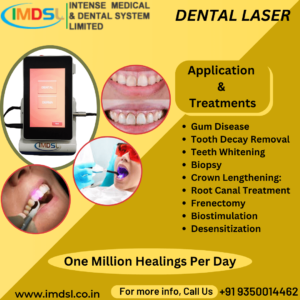
**3. Minimal Discomfort and Bleeding:
- Diode lasers are known for their ability to perform precise incisions with minimal bleeding, often eliminating the need for sutures.
- Patients generally experience less discomfort during and after diode laser procedures, reducing the need for local anesthesia.
**4. Bacterial Reduction:
- Diode lasers have been used for periodontal treatments, as they can effectively reduce bacterial loads in periodontal pockets, promoting healing.
**5. Ease of Use:
- These lasers are typically compact and easy to handle, offering ergonomic advantages during procedures.
- Fiber delivery systems are commonly used with diode lasers, allowing for precise targeting of tissues.
**6. Integration with Other Dental Procedures:
- Diode lasers can be integrated seamlessly with other dental treatments, such as teeth whitening, as they aid in activating whitening agents for faster and more effective results.
**7. Patient-Friendly:
- Due to reduced discomfort and shorter healing times, diode lasers can enhance patient satisfaction, which can lead to increased referrals and a stronger patient base.
**8. Cost-Effective:
- Compared to some other types of dental lasers, diode lasers are often more cost-effective, making them an attractive option for dental practices of varying sizes.
When considering a diode laser for your practice, it’s essential to evaluate the specific model’s features, including power output, adjustable settings, and compatibility with fiber optic delivery systems.
Diode lasers have proven to be valuable tools in modern dentistry, offering enhanced precision and patient comfort for a wide range of soft tissue applications. By incorporating a diode laser into your practice, you can provide advanced and patient-friendly dental care, ultimately benefiting both you and your patients.
Training and Certification
Once you’ve selected the appropriate laser equipment, comprehensive training is essential to safely and effectively integrate laser dentistry into your practice. Here are some training options to consider:
1. Manufacturer Training: Most laser manufacturers offer training courses that cover the operation, safety protocols, and maintenance of their specific laser systems. These courses are a great starting point.
2. Professional Organizations: Dental organizations like the IMDSL provide comprehensive training programs and certification courses for laser dentistry in association with Laser Dentsitry Professionals.
3. Hands-on Workshops: Attend hands-on workshops and seminars conducted by experienced laser dentists to gain practical experience and insights.
4. Mentorship: Consider seeking mentorship from experienced laser dentists who can guide you through the nuances of laser procedures.
5. Continuing Education: Stay updated with the latest developments in laser dentistry by regularly participating in continuing education courses and seminars.
Incorporating laser dentistry into your practice can elevate the quality of care you provide to your patients while opening up new treatment possibilities. However, it’s crucial to approach this transition with careful consideration of equipment selection and adequate training.
By investing in the right equipment and obtaining proper training and certification, you’ll be well-prepared to embark on your journey into the exciting world of laser dentistry, ultimately benefiting both your practice and your patients.
If you’re ready to take the next steps, consult with reputable laser manufacturers and training institutions to begin your laser dentistry adventure today!

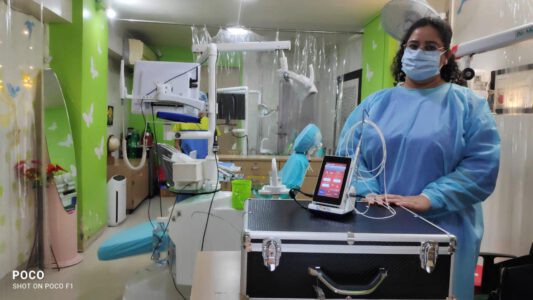
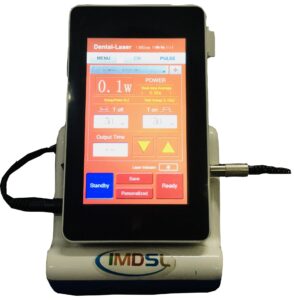
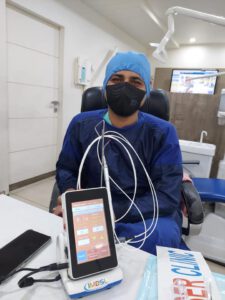
Comments